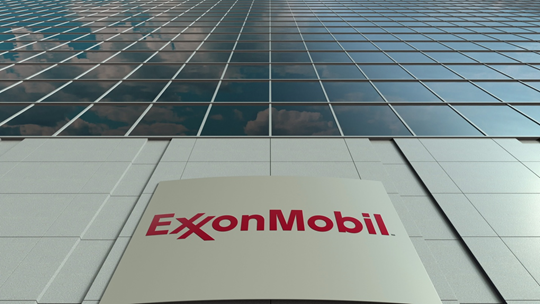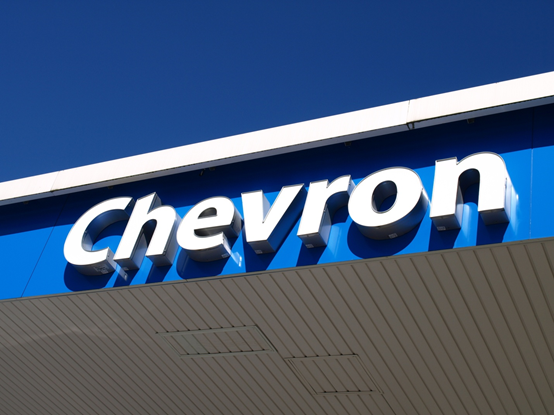Summary
- The CEOs of ExxonMobil and Chevron reportedly discussed the possibilities of a merger last year.
- A possible merger could create an oil company with a market capitalisation of nearly US$350 billion.
- ExxonMobil has reported the first ever loss in its annual report amid COVID-19.
The crude oil prices' dismal situation during the peak of COVID-19 got the chief executives of two major oil companies ExxonMobil (NYSE:XOM) and Chevron (NYSE:CVX) across the table to discuss a possible merger. According to media reports, the discussion between the two CEOs that took place in 2020, was preliminary and has not advanced any further, but it does set the ground for a possible merger.

Image Source - ©Kalkine Group 2020
Good Read: Crude oil bulls stare at USD 60 a barrel, forecasts and estimates you should know
Is this a new Standard Oil in formation?
Let’s take a look at the brief history of John D Rockefeller and his Standard Oil Company. John D Rockefeller is regarded as the first-ever US dollar billionaire and one of the most powerful figures of the 19th century. His company, Standard Oil, became so huge that its global business started influencing the United States' foreign policies.
The USA government decided to end the monopoly of Standard Oil and break it into smaller companies in 1912. Some of the famous entities carved out of Standard Oil are- Exxon, Mobil Oil Corporation, Chevron, Texaco, Amoco Corporation, Pennzoil Company, and many others.
Exxon and Mobil merged in 1999 and formed what we today know as ExxonMobil.

Image Source: Megapixl

Image Source: Megapixl
What will change if the behemoths decide to merge?
If the two behemoths merge, it will be the largest ever merger deal in history. These oil companies are facing their own déjà vu.
Currently, ExxonMobil has a market cap of US$189.93 billion, while Chevron has a market cap of US$166.34 billion. If the merger finally takes place, the combined entity’s market cap will be more than US$350 billion and it would become the world’s second largest in terms of production after Saudi Aramco.
Notably, Chevron produced 3.38MMboe per day from its worldwide assets during the December quarter of 2020, whereas ExxonMobil’s Q3 production stood around 3.7MMboe per day.
Looking at the current scenario of improving crude oil prices which have shown resilience towards downtrend in recent times, the new US President will likely try to obstruct the merger through legal means as he has pushed the US back into the Paris Climate Agreement.
The current price is sustained due to the voluntary production cut decision by the OPEC+ members. So, a merger in this situation is highly unlikely to give the leverage of economies of scale.
Latest Update: After Saudi Arabia, Iraq pitches in with Crude Oil production cut
The market is oversupplied by crude oil. So, the newly formed entity would not have the pricing power despite having control over huge production. Secondly, the companies are trying hard to keep their break-even at lower levels amidst low price regime of the crude oil. They have adopted a strategy in which they limit the number of projects to operate while increasing the potential of the existing ones.
Meanwhile, it seems like the oil industry has to wait for another major jolt to see the mergers of such oil majors.



